Pompeii: everything you need to know about the open-air museum
Pompeii is a very ordinary Roman town near Naples whose life was suddenly and tragically interrupted by a volcanic eruption. The memory of the catastrophe has haunted humanity through the ages. The painting “The Last Day of Pompeii” by Russian artist Karl Bryullov caused a sensation in Italy.
Now we have the opportunity to immerse ourselves in the ancient history with a trip to the archaeological park of Pompeii, and you can even take a tour in the company of an expert archaeologist.
How to buy a ticket to Pompeii?
The price of a ticket to Pompeii is €18. The ticket price includes a map and guide to Pompeii, so don’t forget to pick them up at the entrance. Children under 18 years old can enter for free, even if they are not EU citizens.
Where to buy a ticket
- You can purchase tickets at the ticket counters at the Sea Gate, Exedra Square and Amphitheater Square. But the lines are huge.
- They’re also available on the official website of the archaeological park of Pompeii.
- You can buy an online ticket with quick entrance at the Sea Gate (Porta Marina), or click here for a ticket with quick entrance and an audio guide.
How to get to Pompeii
- By public transport: The easiest way to get there is by train “Circumvesuviana” on the Naples-Sorrento route (stop at Pompei Scravi Villa dei Misteri, and the nearest entrance is the Sea Gate). Round trip ticket price is €11 and travel time is 30 min.
- By car on the A3 highway: It is possible to book a car in Naples in advance online, directly from your home. This way you won’t have to depend on train timetables and you will be able to visit not only the Pompeian sites, but also the remote villas of Stabia, Oplontis, and Boskoreale.
- Another option is to buy a bus tour to Pompeii with a guide.
Opening hours
The Archaeological Park of Pompeii is open seven days a week except January 1, May 1, and December 25.
- From April 1 to October 31, the hours are from 9:00 to 19:30 (Saturday and Sunday from 8:30).
- November 1 through March 31, the hours are from 9:00 a.m. to 5:00 p.m. (Saturdays and Sundays from 8:30 a.m.).
- Oplontis, Boscoreale and Stabia are open from 8:30 to 7:30 p.m. and from November 1 to March 31 from 8:30 to 5 p.m.
Rules of Attendance
- In order to preserve the archaeological sites and for the convenience of visitors, luggage lockers are located at each entrance.
- Smoking is strictly forbidden in the excavation area. Smoking areas are located in the bathroom areas.
- The ancient ruins are very fragile, so keep a close eye on children. Climbing walls and architectural structures, touching the frescoes and leaving trash in the area are not allowed.
- Amateur photography and videotaping without a flash or tripod is allowed in the park.
- People with disabilities and parents with baby carriages can walk a special 3.5 km route from the Amphitheatre Square to the Temple of Venus.
- For visitors with small children, there are three points where you can easily feed a baby or change a diaper.
- You can have lunch at the food court near the Forum and at the picnic field near the Amphitheater Square.
What is the true story of Pompeii?
The devastating eruption of Vesuvius happened in 79 AD. At that time Pompeii was quite a prosperous town with 20 thousand inhabitants. Pliny the Younger, who miraculously escaped death, described the city’s ruin in vivid color in his writings.
On that day, August 24th, people did not expect any trouble. They had no idea that Vesuvius was a volcano until a strange cloud appeared above it. Then came the terrible rumbling, the tremors, the thunderstorm, and the hot cloud of ash from the volcano’s mouth. It seemed that the last eternal night had come…
Most of the Pompeii people managed to escape. But about 2 thousand people died of asphyxiation and were buried under a layer of ash and pumice.
The city was discovered only at the end of the 16th century. Excavations began in 1748 and continue to this day. The area available for viewing covers 45 hectares.
What to see in Pompeii
Pompeii Archaeological Park is a huge excavation area in the vicinity of Vesuvius. It includes the city of Pompeii itself and the smaller settlements of Boscoreale, Oplontis, and Stabia.
The park also includes sites such as the prehistoric village of Longola or the Castello di Lettere. Historically they have nothing to do with Pompeii, so we will not talk about them here, but you may find them interesting.
Tips
To avoid the queues in the summer season, it is better to arrive to Pompeii in time for the opening, because after just an hour it will be full of tourists. The Sea Gate is the main entrance to the excavation and is also the busiest. Lots of people are there on Fridays and Saturdays.
It will take at least 2-3 hours for even just a superficial look around the city. If you really want take it all in it’s better to devote 4-5 hours to the experience.
The whole area of Pompeii that was excavated back in the ninteenth century is divided by archaeologists into areas designated by Roman numerals, and the names of houses are given by the name of the owner or by interesting finds. We recommend walking from the Sea Gate to the Amphitheatre, then to the Villa Mysterium where you can take a closer look at the most remarkable objects.
The Stabian Thermae are men’s public baths; they are striking in their scope and the beautiful finishes on the vaulted ceilings. Men left their clothes in stone niches and took turns going to the cold bath with the pool, the steam room, and the hot bath. But the thermae were not only used for bathing. They served as a swimming pool, massage parlour, barber’s shop and entertainment venue.
The Great Theatre, built on a hillside, shows that the inhabitants of Pompeii were no strangers to cultural activities we still enjoy today. After the reconstruction the theatre showed a capacity of 5,000 spectators. There was an orchestra, a dressing room, a temporary canvas roof, and the stage was separated from the auditorium by a curtain. Nowadays the theater occasionally hosts theatrical and musical performances.
The amphitheater of Pompeii is the oldest in the empire, even older than the Roman Colosseum. It could hold up to 20,000 spectators, and the top tier was reserved for women. A tent would be stretched over the arena to protect it from the sun and rain. The most interesting thing is that the next performance held here, after the gladiatorial fights, was a Pink Floyd concert – after only 2,000 years!
The Great Palaestra is a public facility and is an open square area surrounded by a gallery of columns. In the middle of the square was a swimming pool with 100-year-old plane trees. It was intended for the physical education of young people from the upper classes – a kind of ancient Roman stadium.
The Lupanarium, which means “brood of wolves,” is a Pompeian brothel. Obscene pictures on the walls and tiny rooms with stone beds give a clear idea of what went on here.
The forum was the center of social life in the city, a square that was home to the palace of justice and the administration, the market stalls, and the chamber of weights and measures. Its grounds were surrounded on three sides by a colonnade, and in the center stood the triumphant Temple of Jupiter. The city’s main archaeological warehouse is nearby, where you can see dishes, furniture, fountain tubs, and other items found during excavations.
The bakeries in the streets of Pompeii are immediately identifyable by their hand mills in the shape of an hourglass. The grinders were set in motion by slaves or oxen, and the city supplied bread to the neighboring settlements.
The Surgeon’s House is named after a set of surgical instruments found here. It is made of limestone and is considered the oldest of the excavated dwellings in Pompeii. There are no frescoes or mosaics, just an austere façade and modest interior.
The House of the Tragic Poet got its name when a mosaic with a theatrical scene on its wall was discovered. But another picture is more remarkable. At the entrance there is a huge mosaic dog on the floor, and an inscription in Latin warns: “Beware, evil dog!”
The house of the faun also has a plaque on the ground that greets visitors with the word “Have” which means “hello.” A small statue of a faun and a huge mosaic painting depicting the battle between Alexander the Great and King Darius were found here. Now these treasures have been moved to the Museum of Naples, while reproductions are featured in the house in Pompeii.
Thermopolium was a kind of inn and diner, offering hot meals to the poor inhabitants and visitors. The lower classes lived in houses without kitchens and had to eat outside the house. At Pompeii, 89 such thermopoliums have been excavated and are immediately recognizable by their large stone counters with vats of food embedded in them.
The Villa of the Mysteries is one of the most famous and well-preserved monuments of Pompeii. The estate was named for the mysteries, the secret rituals that are depicted on the wall of one of the rooms. Frescoes in purple and red alternate with one another and, like comic strips, tell the story of a young woman’s life. It is believed that some cruel rite is being performed on her, or she is being initiated into the secrets of the cult of Dionysus, or she is simply being prepared for marriage.
Boscoreale
This is a city on the slope of Vesuvius that thrived on grape and olive cultivation. Now you can visit the museum Antiquarium, dedicated to the economic activities of man in ancient Roman and prehistoric times. The country villa Regina is closed for restoration.
Oplontis
In the suburb of Pompeii, Oplontis, the suburban Villa Poppea is the only one that’s open to the public. It overlooked the sea and was once very wealthy, as suggested by some surviving frescoes. The extensive gardens of the villa are now replanted with platanus trees and cypresses, oleanders, citrus trees and roses.
Villa San Marco in Stabia
Two manor buildings are open to the public here, and absolutely free of charge: the Villa Arianna and the Villa San Marco.
How did the citizens of Pompeii live?
Volcanic ashes preserved the ancient Pompeii in great detail as it existed at the time of the eruption. The fallout from the volcano preserved not only the city streets, but many details of everyday life. When archaeologists during excavations came across the skeletons of people who could not escape, they noticed that they were surrounded by voids that were left behind as the bodies decomposed. These voids were filled with liquid plaster to create casts of people at the time of their deaths.
Studies of these eerie statues, along with the streets and buildings of Pompeii, have allowed historians to draw conclusions about the life and livelihood of the inhabitants of ancient Rome. Some interesting facts are no longer in doubt. Everyone knows how the Pompeii people died. Now we can also determine how they lived.
- Pompeii had no sewage system. Liquid waste and rainwater flowed directly down the roads. To prevent passers-by from getting their clothes dirty, the level of the sidewalks was made higher than the roadway. And to cross from one side of the street to the other, crosswalks were made of flat high stones. These stones were spaced at intervals so they did not become an obstacle for carts.
- The quay rings and fishing nets found suggest that Pompeii was a port city, which means the sea was closer than it is today. On the waterfront stood the richest Pompeian villas.
- Washing clothes in ancient Rome was not the most pleasant process. Workers crumpled, bleached, and degreased coarse fabrics in a ghastly mixture of clay, sulfur, and human urine. Vessels with this mixture were displayed on the sidewalks by the inhabitants every morning.
- What did the ancient Romans eat? This is answered by the remains of food found: olives, nuts, turtle shells and sea urchin needles. A fish sauce called “garum” served as a condiment to the food. Fossilized bread testifies to how sudden the catastrophe was.
- The thermae in ancient Rome were for men only. But Pompeii also had women’s thermae. Needless to say, their finishes and conveniences were no match for the men’s baths.
- The rich Roman villas had a special arrangement, and even the names of the rooms are unusual to our ears. Modern architecture inherited from Roman dwellings a type of public room called an atrium, which used to be a ceremonial reception room with a high skylight. The peristyle, a courtyard with a garden and a pool, served as the intimate center of a house where strangers were not allowed. Numerous rooms departed from this center in all directions: cubicles that served as bedrooms, the tablainum (office of the master), and lararium, a domestic sanctuary. Solemn meals were held in the triclinium, with three beds and a banqueting table, where the rich Romans were seated. The most disenfranchised inhabitants of the city, the slaves, lived and worked in the lower, underground rooms of the villas.
Pompeii is an open-air museum and eternally alive city, where beneath the strata of the earth still lurk unexplored mysteries and discoveries. It is a must-see for anyone traveling in Italy!

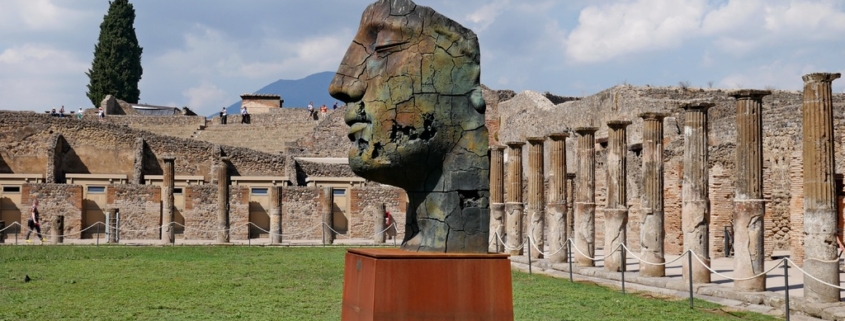
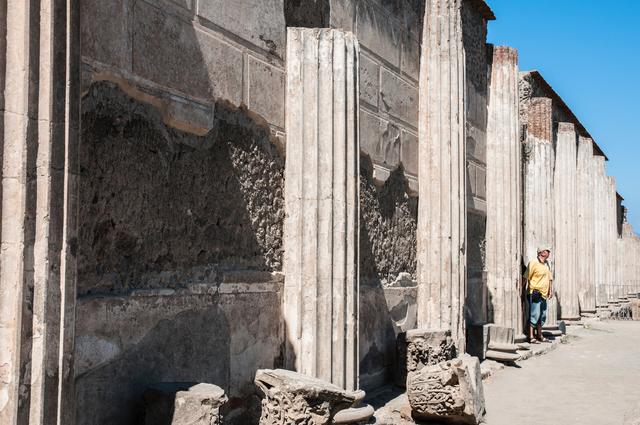
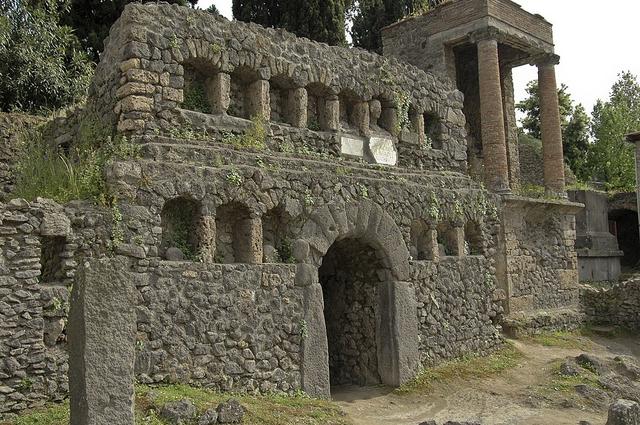
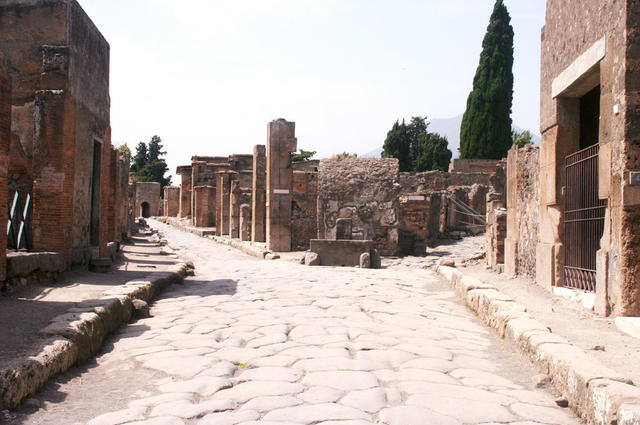
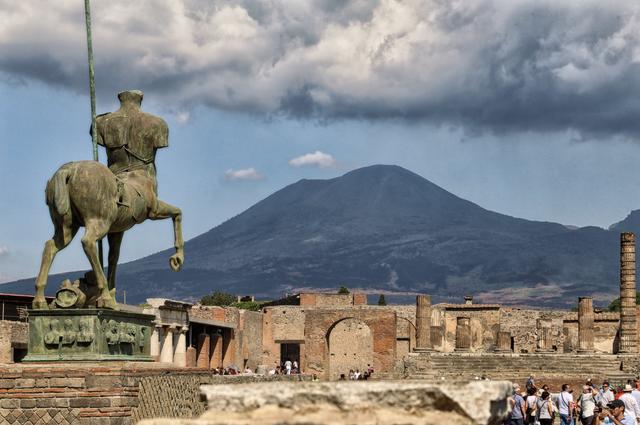
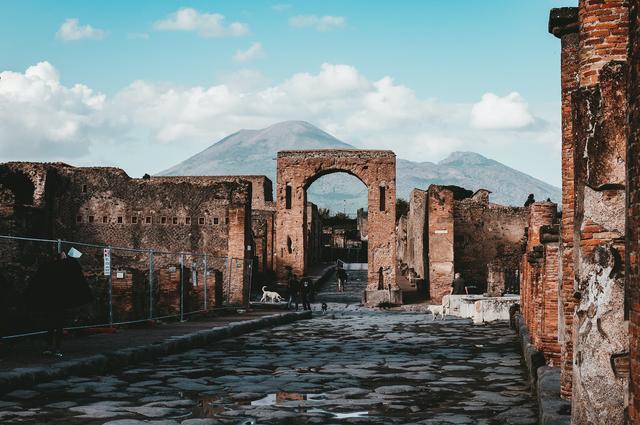
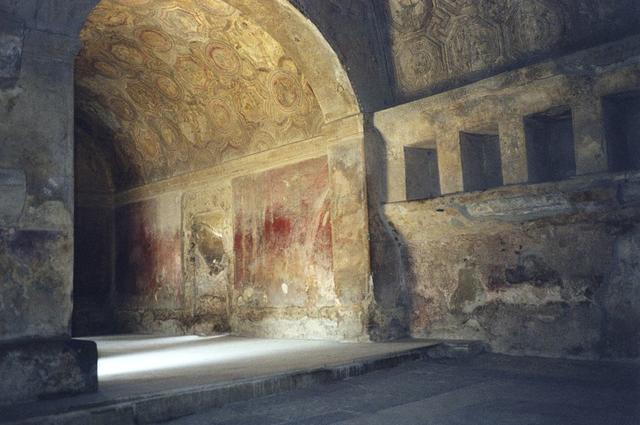
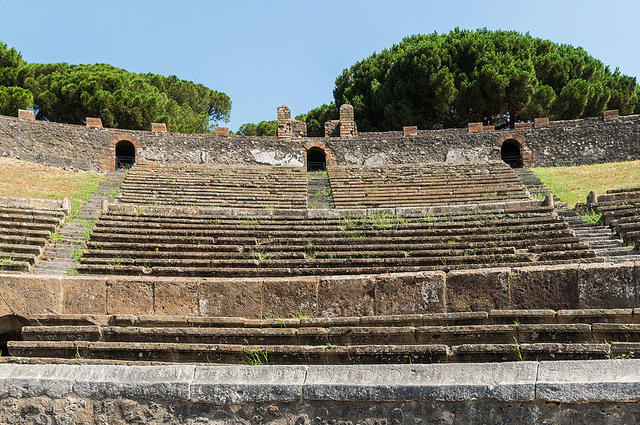
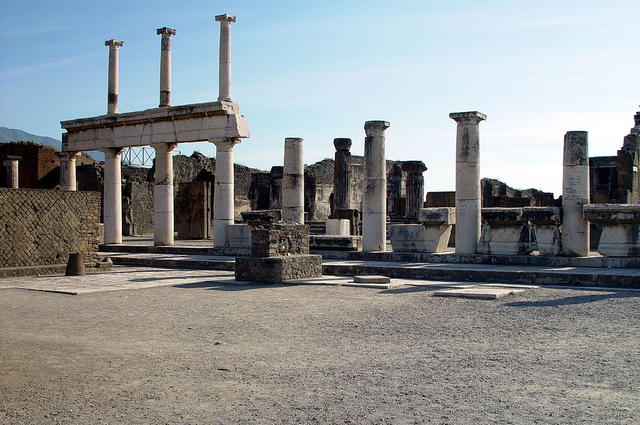
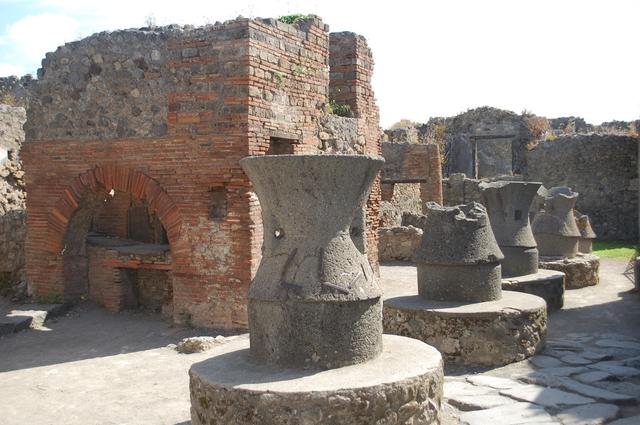
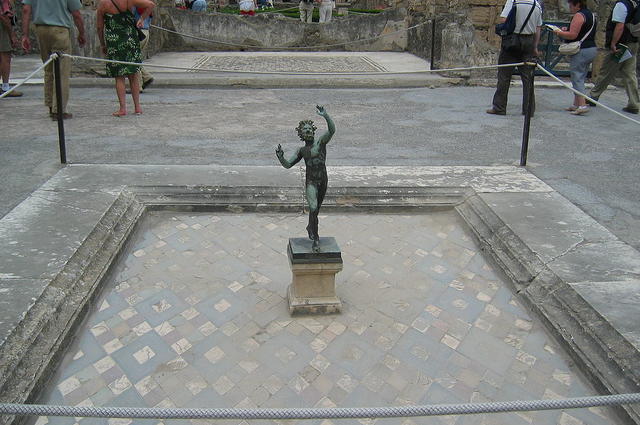
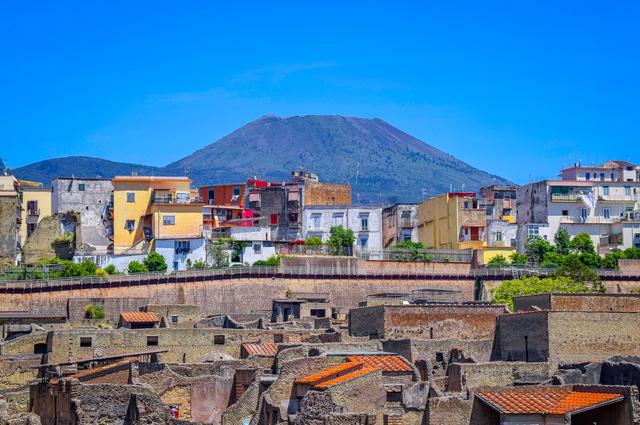
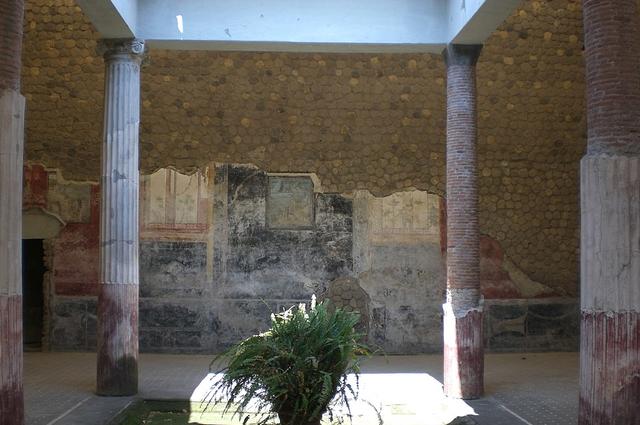
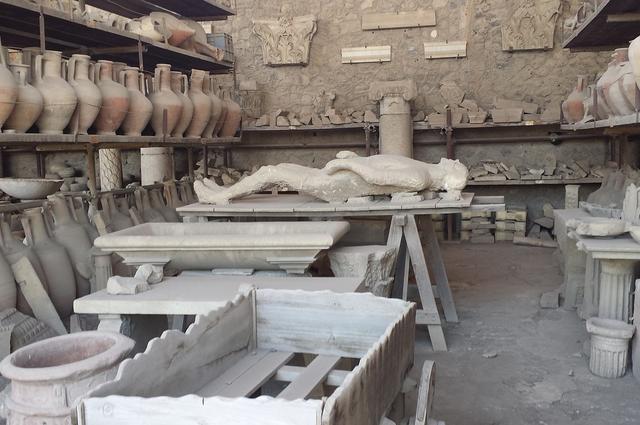
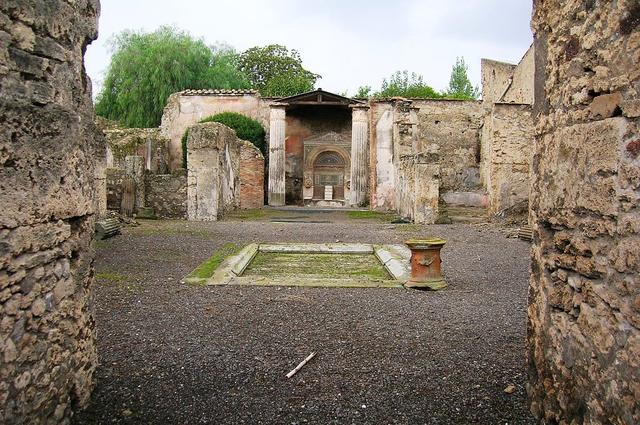
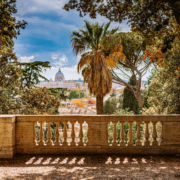
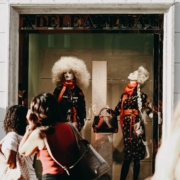 Anna Vi / Unsplash
Anna Vi / Unsplash 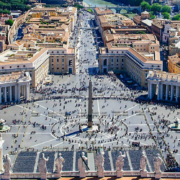 gttfcad / pixabay.com
gttfcad / pixabay.com 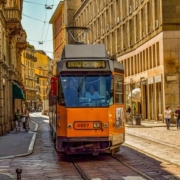
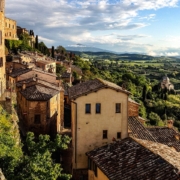
 M o e / Unsplash
M o e / Unsplash  Martin Katler / Unsplash
Martin Katler / Unsplash Danilo Alvesd / Unsplash
Danilo Alvesd / Unsplash
Leave a Reply
Want to join the discussion?Feel free to contribute!